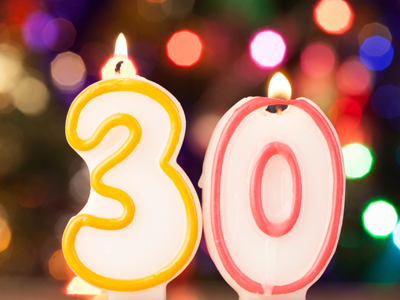
Ask the AI Tutor
Need help with Level 3-4 Algebra - Multiples? Ask our AI Tutor!
AI Tutor - Lucy
Connecting with Tutor...
Please wait while we establish connection

30 is the 5th multiple of the number 6.
Level 3-4 Algebra - Multiples
Understand multiples in KS3 algebra. Spot repeated addition, scale factors, and patterns in sequences to simplify calculations and check divisibility when solving problems.
1 .
Which of the following are common factors of 6, 12, 18 and 24?
2 and 3
3 and 4
4 and 5
5 and 6
Both 2 and 3 will divide into all the numbers given (6, 12, 18 and 24)
2 .
The 2nd and 3rd multiples of a number are 22 and 33. What is the number?
5
7
9
11
Simply divide 22 by 2 and 33 by 3. Easy eh?
3 .
What are the first 4 multiples of 7?
0, 7, 14, 21
1, 7, 14, 21
7, 14, 21, 28
14, 21, 28, 35
1 x 7 = 7; 2 x 7 = 14; 3 x 7 = 21; 4 x 7 = 28
4 .
Is the number 43 a multiple of the number 11?
Yes
No
Seldom
Often
44 is a multiple of 11 but 43 most definitely is not!
5 .
Which of these numbers is not a multiple of 3 and 4?
12
36
48
50
3 and 4 cannot be divided into 50 to give answers of whole numbers
6 .
Is 66 a multiple of 3 and 11?
Yes
No
Seldom
Often
Both 3 and 11 will divide into 66 and give results of a whole number
7 .
The first 3 multiples of a number are 8, 16, 24. What is the number?
8
16
24
32
8, 16 and 24 are all in the 8 times table
8 .
What are the first 3 multiples of 15?
3, 5, 7.5
5, 10, 15
15, 30, 45
30, 60, 90
1 x 15 = 15; 2 x 15 = 30; 3 x 15 = 45
9 .
Which of the following is a common factor of 15, 30, 45 and 60?
2
3
4
10
5 and 3 can be divided into all the numbers given and the result is always a whole number. Remember that multiples are always whole numbers
10 .
The 4th and 5th multiples of a number are 24 and 30. What is the number?
3
6
9
10
If you know your times tables then multiples aren't very difficult
**Unlimited Quizzes Await You! 🚀**
Hey there, quiz champ! 🌟 You've already tackled today's free questions.
Ready for more?
Ready for more?
🔓 Unlock UNLIMITED Quizzes and challenge yourself every day. But that's
not all...
not all...
🔥 As a Subscriber you can join our thrilling "Daily Streak" against other
quizzers. Try to win a coveted spot on our Hall of Fame Page.
quizzers. Try to win a coveted spot on our Hall of Fame Page.
Don't miss out! Join us now and keep the fun rolling. 🎉
**Unlimited Quizzes Await You! 🚀**
Hey there, quiz champ! 🌟 You've already tackled today's free questions. Ready for more?
🔓 Unlock UNLIMITED Quizzes and challenge yourself every day. But that's not all...
🔥 As a Subscriber you can join our thrilling "Daily Streak" against other quizzers. Try to win a coveted spot on our Hall of Fame Page.
Don't miss out! Join us now and keep the fun rolling. 🎉






